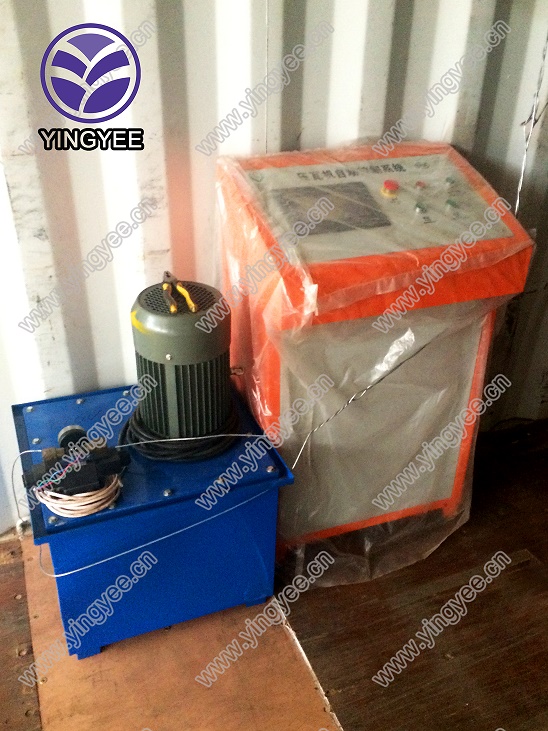
The Role of Cold Bending Machines in Noise Barrier Manufacturing
In the modern industrial landscape, effective noise management has become increasingly crucial, particularly in urban areas where construction and transportation are prevalent. Noise barriers, engineered to minimize sound pollution from highways, railways, and other sources, serve as a vital part of this environmental protection strategy. One of the key components in constructing these barriers is the manufacturing process, which involves specialized equipment like cold bending machines.
Cold bending machines are innovative tools designed to shape and bend materials without applying heat, preserving their structural integrity while allowing for precise alterations. This process is essential in the production of noise barriers, which are typically made from various materials, including metal, concrete, and composites. The advantages of using cold bending technology in the manufacturing of noise barriers are manifold, ranging from cost-effectiveness to enhanced durability.
Understanding Cold Bending Technology
Cold bending refers to the process of mechanically deforming materials at room temperature. Unlike traditional bending methods that often involve heating the material to make it malleable, cold bending retains the material's original properties. This is particularly beneficial for metals, which can lose strength and stiffness if subjected to high temperatures. Cold bending machines perform this task by utilizing a variety of mechanical processes, such as rolling, die bending, or press braking, to achieve the desired shapes and curves requisite for effective noise barriers.
The versatility of cold bending machines allows fabricators to create a wide range of designs that meet specific acoustic and aesthetic requirements. For instance, noise barriers can be constructed in various forms, including walls, fences, and panels, all tailored to fit different environments and applications. The ability to quickly and efficiently produce customized components makes cold bending machines invaluable assets in the noise barrier industry.
Benefits of Using Cold Bending Machines
1. Cost Efficiency Cold bending machines reduce production costs by minimizing material waste. The precision of the machine enables manufacturers to maximize the use of raw materials, ensuring that every piece is utilized effectively. Moreover, the speed of the cold bending process enhances productivity, resulting in shorter lead times.

2. Enhanced Structural Integrity By avoiding high-temperature treatments, cold bending maintains the original properties of the materials being used, resulting in stronger and more resilient noise barriers. This is particularly important for outdoor structures, which must withstand varying weather conditions and environmental stresses.
3. Design Flexibility Modern cold bending machines come equipped with advanced technology that allows for intricate bending configurations and designs. This technological advancement means that manufacturers can easily adapt to custom designs, ensuring the noise barriers not only perform well acoustically but also blend seamlessly with the surrounding architecture.
4. Environmental Impact As municipalities and governments push for more sustainable construction practices, the eco-friendliness of cold bending methods is a major advantage. The process consumes less energy than traditional bending methods, and the reduced waste generated helps in minimizing the overall carbon footprint of construction projects.
Applications in Noise Barrier Construction
Cold bending machines find extensive use in producing both permanent and temporary noise barriers. These structures can be found alongside highways, around construction sites, and near railways, providing essential sound insulation. The adaptability in design allows for the integration of artistic elements, which can further soften the impact of these industrial installations on local communities.
Moreover, the use of composite materials, which often require precise shaping to enhance acoustic and aesthetic performance, aligns perfectly with the capabilities offered by cold bending machines.
Conclusion
In summary, cold bending machines represent a significant advancement in the manufacturing of noise barriers. Their ability to produce high-quality, customized components efficiently and sustainably makes them a cornerstone of modern construction practices aimed at mitigating noise pollution. As urban environments continue to grow and evolve, the importance of effective noise management solutions will only increase, and cold bending technology will undoubtedly remain at the forefront of this critical industry.